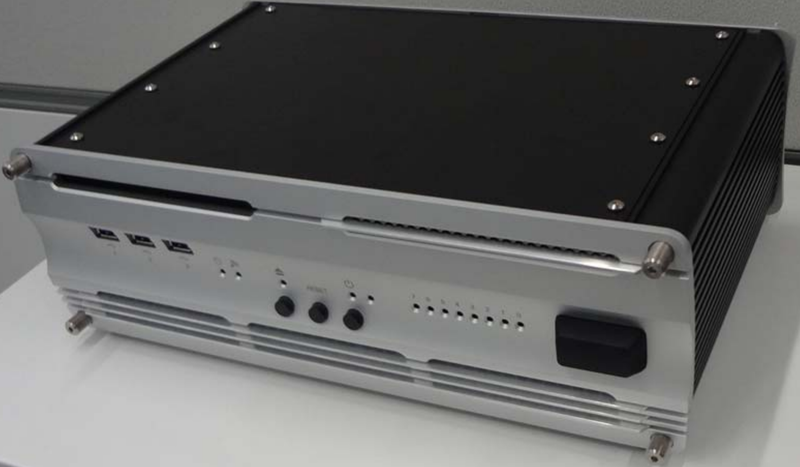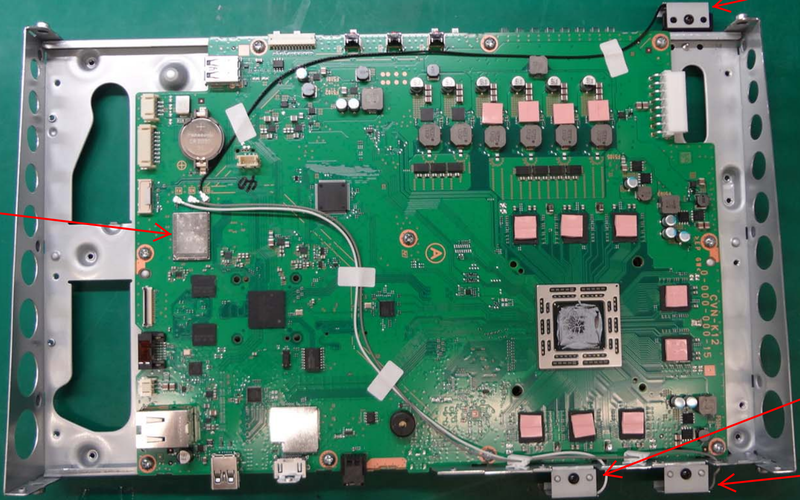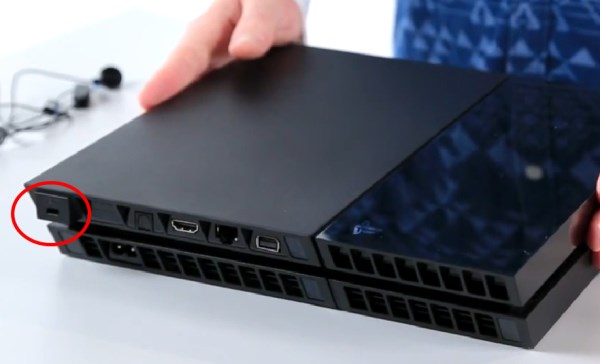Panajev2001a
GAF's Pleasant Genius
I only glanced over said patent but the base principle seems to be very simple.
Instead of increasing the rendering and frame buffer resolution as it is common, the method indeed just renders at the original native resolution (something like 640×448 for PS2 games as quoted above).
It's not just rendered once though, but multiple times with the only difference being shifted sample positions.* Then in order to create the final larger resolution image, all of the smaller images are combined.
So for example for a 4x increase in resolution (2x along each axis), the same scene is rendered 4 times at native resolution. In the end you have 4 color values per pixel, one from each of the 4 images. These 4 values are then spread out to the final image, so that eg the 4 pixel square in the upper left corner of the final image consists of the 4 top-left pixels of the smaller images.
This method is a bit more expensive than rendering the scene at 4x the resolution right away, but it can help eliminate errors that can occur otherwise if the application was meant to be rendered at a sinle fixed resolution. It should be noted that there are no disadvantages in IQ. The result is a true high resolution image.
* A sample position is a point within each pixel at which the geometry is evaluated, eg. whether a triangle is hit (and at which coordinate). Usually when not using any traditional anti-aliasing the pixel center is taken as the default sample position. The sample pattern examples at Wikipedia may explain it better; in this case the top left grid is used.
The patent isn't about temporal reconstruction (unless we're not talking about the same one).
I think there might be a general misconception about 2D elements. Elements like HUD or text are just textures slapped onto simple polygons (usually a quad) and are rendered the same as everything else. The GPU doesn't know about 2D, there's no explicit upscaling, just the usual texture sampling that is used for every other texture too. Of course the texture resolution doesn't increase when the rendering resolution is increased, so at some point every texture will look blurry (as soon as they are magnified).
edit:
Seems like I took too long to type this post. Panajev2001a already explained.
I really liked your clear explanation, thanks for taking the time and posting this




